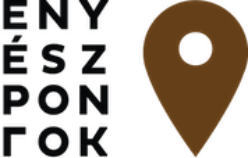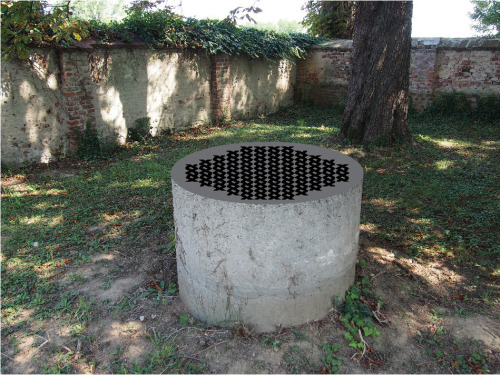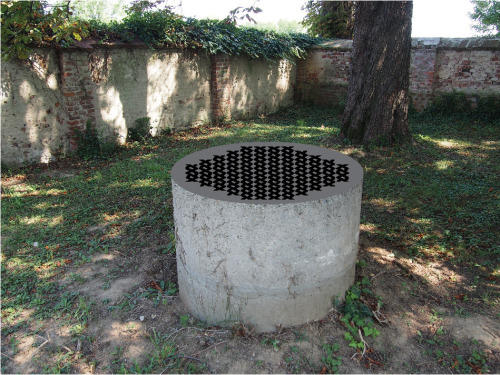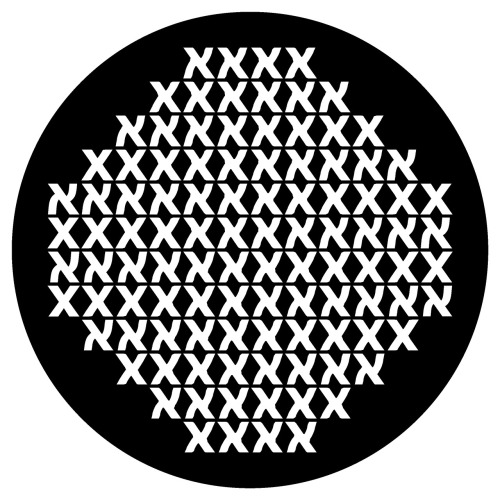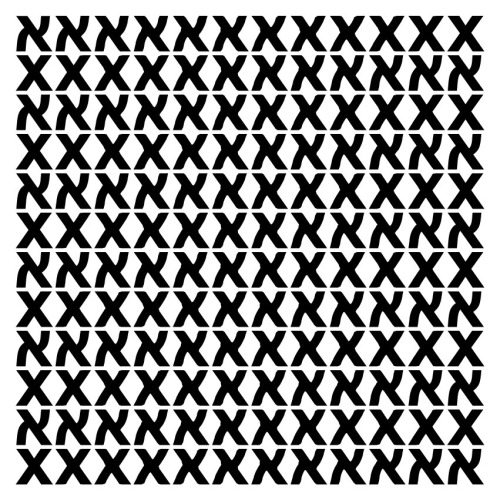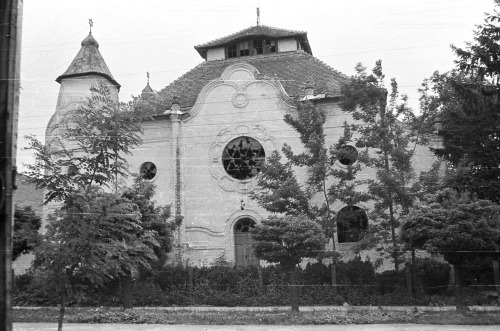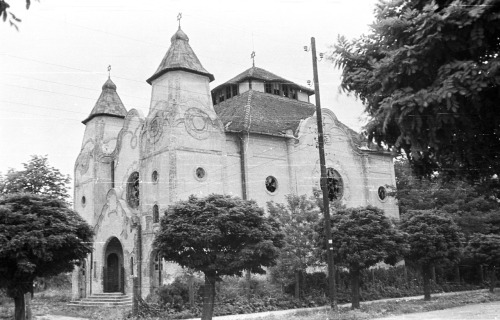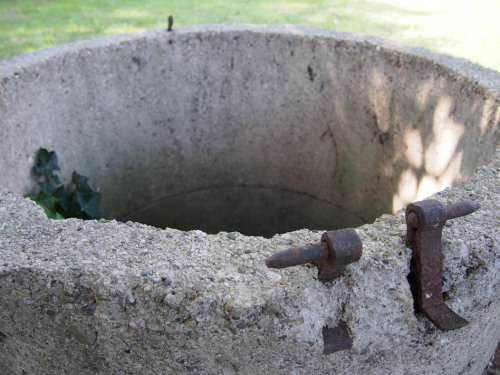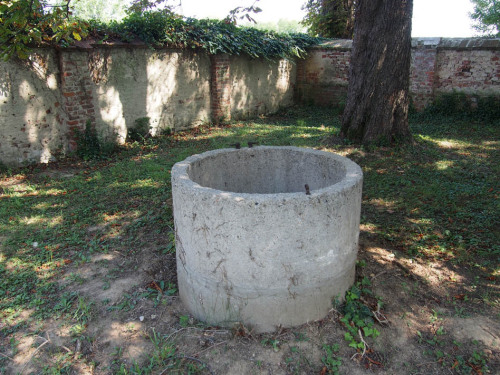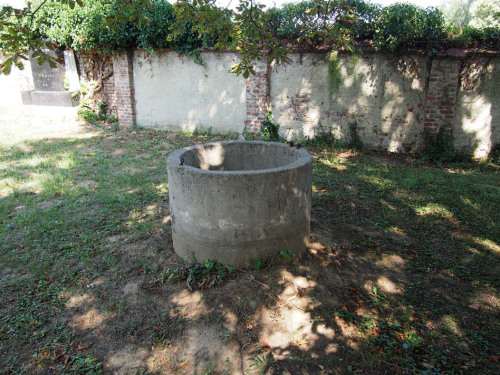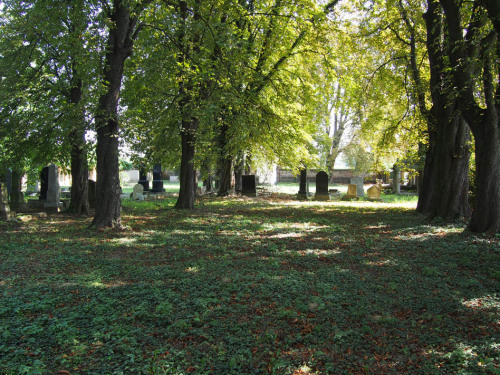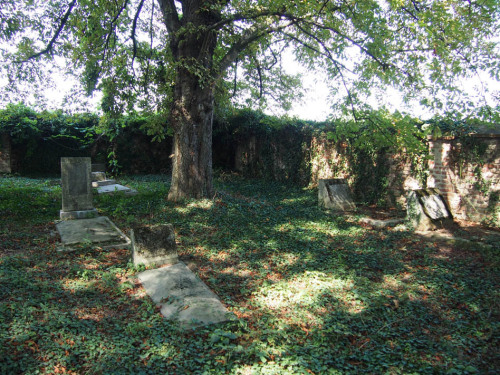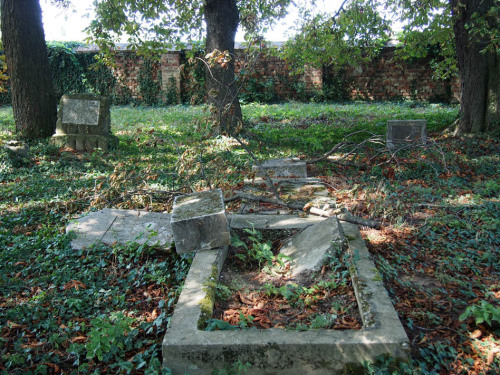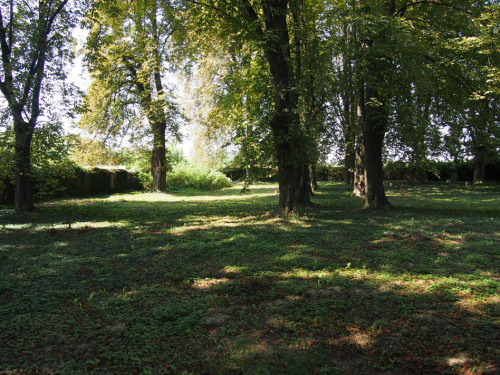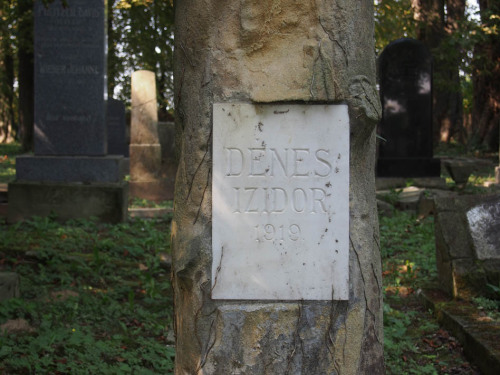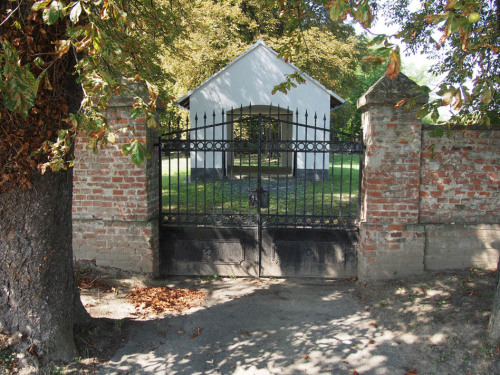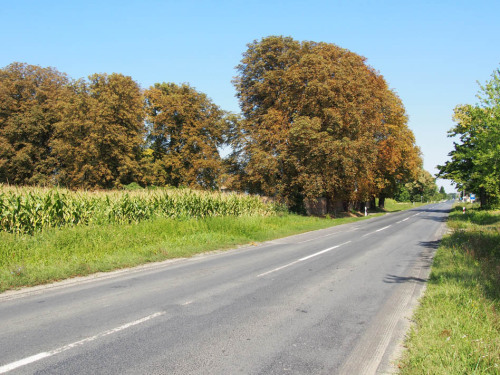Marcali gyerekkorom egyik helyszíne, nagyszüleim éltek ott. A holokauszt nem pusztán tabu volt, egész egyszerűen szó sem esett róla. Annál inkább a tanácsi kisajátításokról és a környék cigányairól. Ebből a somogyi kisvárosból az akkori lakosság körülbelül 10%-át deportálták, csak nagyon kevesen élték túl és még kevesebben tértek vissza lakhelyükre, szülővárosukba. 1944. június 6-án a marcali közösséget a tabi gyűjtőgettóba, majd Auschwitzba vitték. A 350-400 fős marcali zsidó közösség 27 főre csökkent. 1919-ben Marcali tanúja volt a Prónay-különítmény vérengzésének, melynek több zsidó áldozata is volt. A világháború utáni évekből tudomásunk van több temetőgyalázásról. 1946 karácsonyán, illetve 1947. november elsején, a Prónay-féle kivégzések évfordulóján, több sírkövet ledöntöttek és törtek össze. Az egyre romló állapotú marcali szecessziós zsinagógát 1965-ben bontották le. „Nem romos, a berendezés is használható, de az ablakokat nap mint nap betörik, így a templom belsejét a bedobált téglák és kukoricacsutkák elcsúfítják.” A város központjában, egy volt zsidó tulajdonú épület tűzfalán a holokauszt emléktáblát három méter magasba kellett felhelyezni, hogy a rongálók ne tudják elérni. A város nevét rovásírással hirdető útszéli táblát elhagyva, a kukoricamező ölelésében található a zsidó temető. A téglafallal körülvett, gesztenyefák árnyékolta sírok egy része már a földbe süllyedt, de egészében véve szépen gondozott a sírkert. A bejárattól jobbra található egy használaton kívüli kút, melynek csak a betonkávája áll. A kút régi fedelének rozsdásodó zsanérjai még ott meredeznek, de a kút szemmel láthatóan szemétlerakóként funkcionál: rothadó virágcsokrok, műanyag palackok, konzervdobozok láthatók a mélyén. Szeméttároló nincs a temetőben. Az Enyészpontok projekt keretében ezt a kutat szeretném kitisztíttatni és egy új fedelet tetetni rá. A fedél perforált acéllemezből készülne, a felületbe vágandó grafika az x és az álef betűk felhasználásával készült. Az x, mint az ismeretlen változó matematikai jele alakul át a héber ábécé első betűjévé, majd vissza.
/ A scene from my childhood in Marcali, where my grandparents used to live. More than just a taboo, the Holocaust was completely ignored. This was not the case with either expropriations or with Roma people in the area. Approximately 10% of the Somogy County town’s population were deported, very few survived, and even less returned to their home, their birth city. On June 6, 1944, the Jewish community of Marcali was first relocated to Tab, and then to Auschwitz. Out of the 350-400 Jews, 27 remained in Marcali. In 1919, Marcali was witness to the Prónay militia’s bloodshed, several victims of which were Jews. Following the war, a number of cemeteries were vandalized. Headstones were toppled and broken on the anniversaries of the Prónay executions during Christmas 1946 and November, 1947. The Secessionist synagogue, gradually eroding, was dismantled in 1965. “It’s not in ruins, the equipment is usable, but the windows are smashed in every day, and the interior is spoiled with bricks and corncobs.” The Holocaust memorial plaquette in the town center, on the firewall of a building that had Jewish owners in the past, had to be placed three meters high, so that vandals cannot reach it. Passing the welcome sign to the city—written in Old Hungarian, revived lately by nationalists—, the Jewish cemetery can be found surrounded by the corn field. Framed by brick walls and chestnut trees, some of the headstones sunk into the ground, otherwise the cemetery is nicely looked after. Right from the entrance are the concrete remains of a well, out of use. Its rusty roof hinges are in their places, however, the well serves as a dumping ground today, filled with rotting flowers, plastic bottles, and cans. The cemetery has no disposal. As part of the Vanishing Points project, I’d like to clean the well and replace its roof. The roof, a perforated steel plate, will be decorated with a graphic design cut into its surface, comprising the characters x and aleph. X stands for the unknown variable in mathematics, shifting back and forth into the first letter of the Hebrew alphabet.
